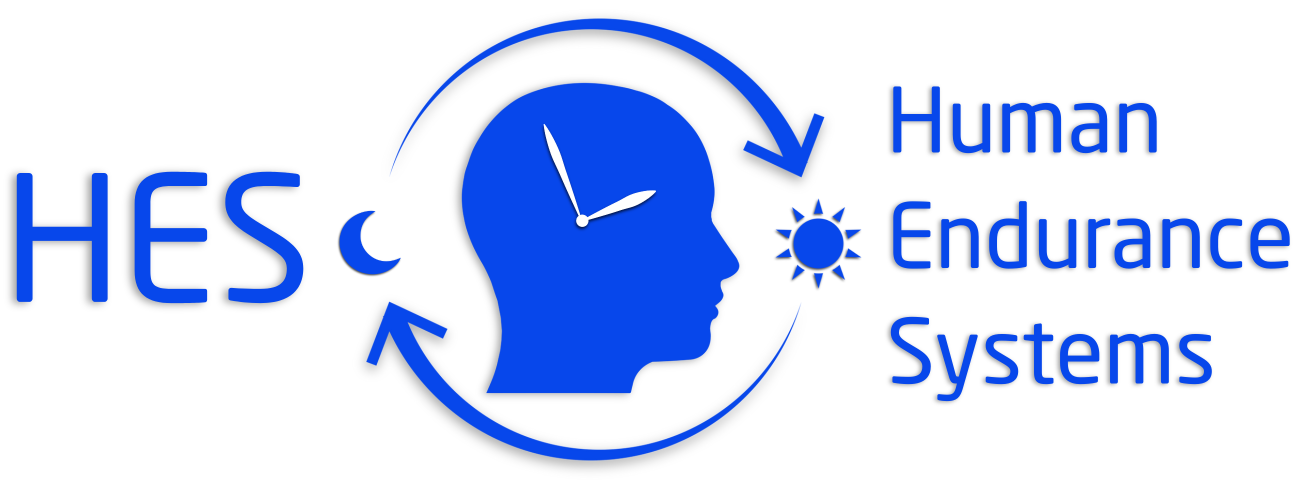Analysis of Complex Operational Systems: The First Step Towards Calculating Risk State
Risk analysis of any complex operational system begins with mathematical modeling of interactions among its constituent elements and subelements.
What is a Complex Operational System (COS)?
An operational system is a composite of elements including personnel, procedures, tools, equipment, facilities, environment, hardware, and software. A system is considered to be complex if interdependent elements interact in the operational environment. In a complex operational system, elements respond to each other and to environmental forces. Operational safety margins prevent system elements from exceeding critical thresholds, maintaining the operational system away from state transitions into nonlinearity or tipping points.
The Role of Human Operators
Human operators employ standard operating procedures (SOPs), tactics, techniques, processes, proficiency, technology, equipment, and infrastructure to carry out operational activities, while maintaining the system within safety margins.
Analysis of the Human Element, Infrastructure, and Environmental Domains
Once the description of the interactions and influences ruling the system’s constituent elements is completed, it is necessary to assess the capacity state of each element. This section provides influence diagrams, rating scales, and formulas used to depict the development or functional state of the Human Element, Infrastructure, and Environmental domains.
Once the description of the interactions and influences ruling the system’s constituent elements is completed, it is necessary to assess the capacity state of each element. This section provides influence diagrams, rating scales, and formulas used to depict the development or functional state of the Human Element, Infrastructure, and Environmental domains.
Risk of Developing Shift Work Sleep Disorders (SWSD) in Operational Environments at Sea and in Command Centers
Carlos Comperatore, Ph.D.
Human Endurance Systems, LLC
Niantic, CT
April 2025
Project Objective
Describe and implement the methodology for rapid risk assessment of work schedules employed in 24-hour operational environments to determine the magnitude of the risk of developing shift work sleep disorder (SWSD) and establish appropriate risk-mitigation strategies.
Methodology
The methodology involves analyzing watch schedules to first determine the impact on daily sleep timing and the relevant
The analysis approach prescribed estimating the effect of watch schedules on the timing of daily bedtimes and wake-up times, potential effects on daily sleep duration, and the magnitude of the misalignment of circadian rhythms with the sleep/wake cycle. Tracking variations in daily bedtimes imposed by a change in watch schedules facilitated estimating the magnitude of the circadian misalignment.
On the other hand, considering agency implementation of personnel training, particularly directed on how to adapt circadian physiology and sleep/wake cycles after changes in reporting times, revealed various risk levels of developing SWSD.
This report is in development (042825) CC
Risk Assessment Prototype Tool
EDIT PAGE

